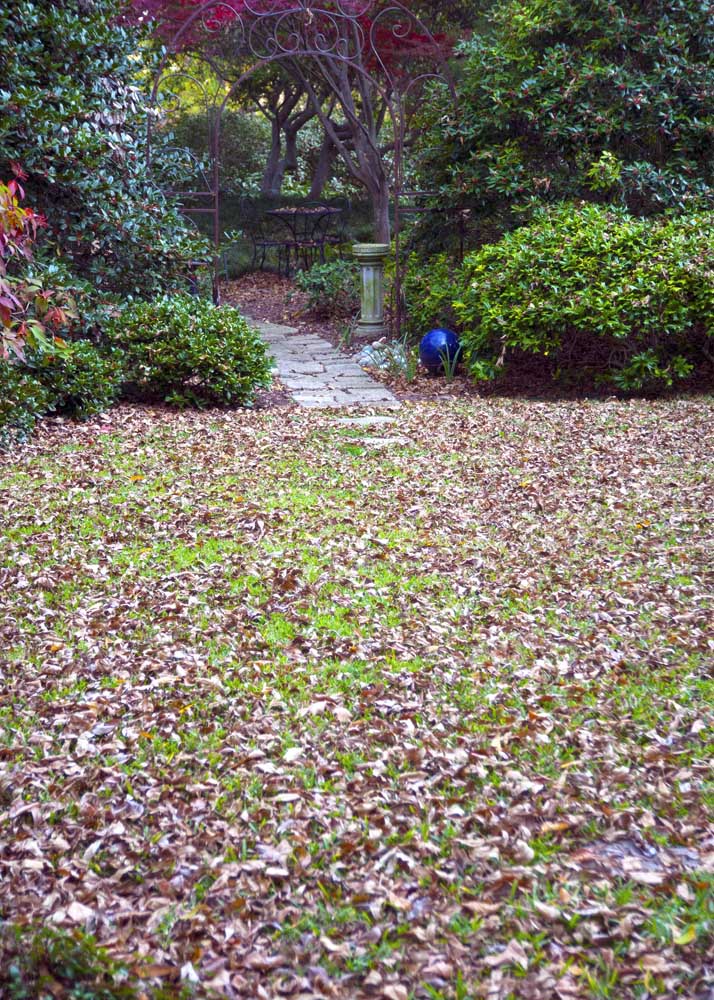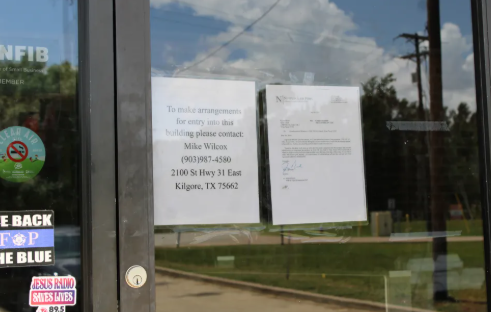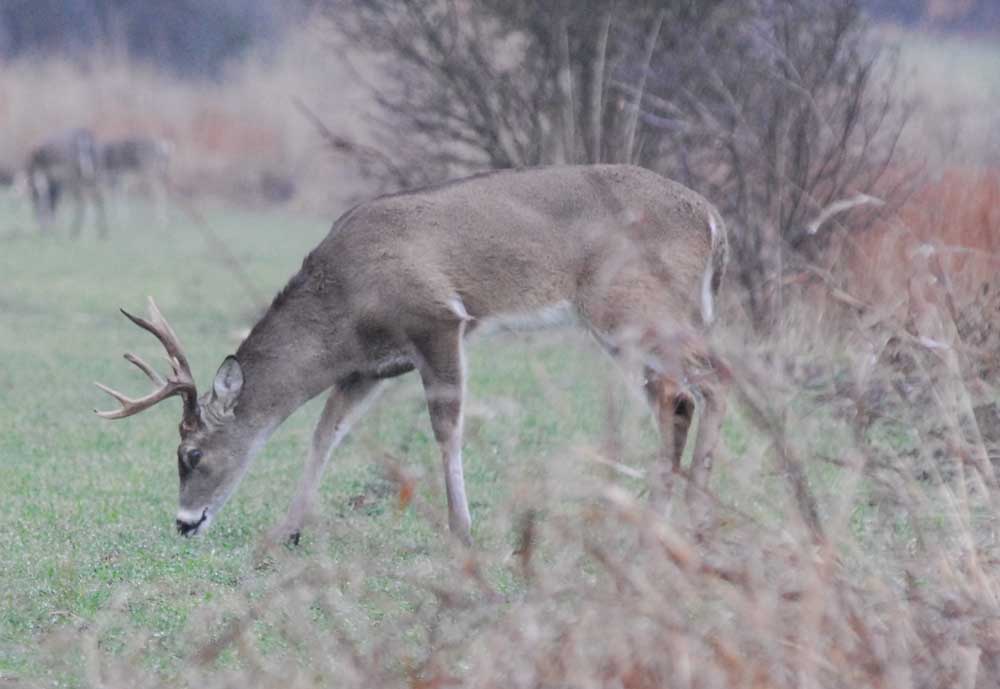Sperry: To leave or not to leave the leaves?
Published 5:10 am Friday, November 10, 2023

- Neil Sperry recommends picking up the leaves in your lawn this fall and winter.
Dear Neil: I hear many people suggesting that we “leave the leaves” on our lawns this fall and winter. What is your opinion?
We put a lot of money into fertilizers and even water that we apply to our lawns and landscapes. For almost all the year I would concur that we can and should leave mulched leaves in place on our lawns.
Trending
However, I do not. I have a different option that puts them to just as much good use and also prevents a couple of potentially serious problems at the same time. I bag leaves as I’m mowing, and I use those clippings in my compost pile. After 12 or 18 months in the pile, they become rich organic matter that I can use to improve my garden soils as I prepare for new flower and vegetable plantings. I prefer the tidiness of my lawn when I bag the clippings because it prevents washes of dried grass that might get tracked into the house or piled up against fences and drains.
However, in the prime time of fall leaf drop, I think it’s doubly important that we pick up the fallen leaves because there are too many of them. They represent excessive organic matter that won’t decay quickly enough. It is likely to pack tightly and form a layer of leaf thatch that would prevent good movement of air and water into the soil. Further, leaves left in place on top of turfgrass will trap moisture. That can promote diseases like brown patch (large patch) in St. Augustine.
Should a strong north wind accompany an extreme cold front, leaves that were providing protecting insulation to grass could blow away quickly, leaving it vulnerable to damage by cold.
Oh, and the neighbors won’t appreciate the leaves blowing into their more manicured spaces. And those dried leaves are a fire hazard.
Dear Neil: Is it possible to dig and divide purpleheart groundcover? I know it’s a perennial, but it doesn’t really form clumps like most regular perennials.
For anyone unfamiliar with this handsome plant, it’s botanically Tradescantia pallida, a sister of the several hanging basket plants known as wandering Jews. However, it is far more winter-hardy. It dies to the ground with the first hard freeze, but it re-emerges from the ground each following spring with vigorous fresh growth. Rather than trying to divide it in the fall, I would suggest taking cuttings from that vigorous new spring growth. Stick 4 or 5 cuttings in each 4-inch pot filled with a loose, highly organic potting soil and you’ll have healthy transplants ready to set out into the landscape within a couple of months.
Trending
Dear Neil: I think chinch bugs destroyed our lawn this summer. Our exterminator makes scheduled visits through the year, and he says his insecticide will kill the chinch bugs. However, he doesn’t treat the entire yard with the insecticide. Is there something I should be doing annually, quarterly, monthly, etc. to be sure the chinch bugs don’t destroy our lawn next summer and into the future? If his insecticide is truly for chinch bugs, I don’t understand why we have bare spots in our lawn.
Are the bare spots in the sunniest parts of your lawn, or are the more in the shade? If the former, it could indeed be due to chinch bugs. They will always show up in the sunniest, hottest parts of our lawns. If shade is involved, that’s much less likely to be chinch bugs. It might simply be excessive shade. Have a discussion with him and get a feeling for how much he knows about chinch bug damage. If he deals primarily with structural home pests, you might be better off hiring a lawn care company for this problem.
Chinch bug damage, once you learn to recognize it, is very easy to spot. It will always be in the same hot, sunny spot each year, and it won’t show up until it turns really hot in the summer. Grass will appear to be drying, but when you water, it will still look dry the next morning. You can actually see the BB-sized black insects with irregular white diamonds on their wings at the edges of the drying areas if you look closely. When you see them, that’s the time to get him involved immediately. There is no preventive treatment. The insecticide needs to be applied when the chinch bugs are active and visible, and that’s going to be from late June through mid-September.
Dear Neil: My mom used to put stones and chunks of broken flowerpots in the bottoms of containers when she transplanted things into new pots. She said it improved the drainage. Is there fact to that practice?
You won’t find professional growers doing it. Instead, they use growing media that are highly organic and quite porous. Horticultural perlite or expanded shale can also be added to provide the good aeration. Some people feel that the stones keep the roots from growing out the drain holes and into the soil beneath the pots outdoors, but you can accomplish the same thing, either by lifting the plants up every month or so, or by setting the pots atop bricks or concrete steppingstones so they will not make direct contact with the soil.






